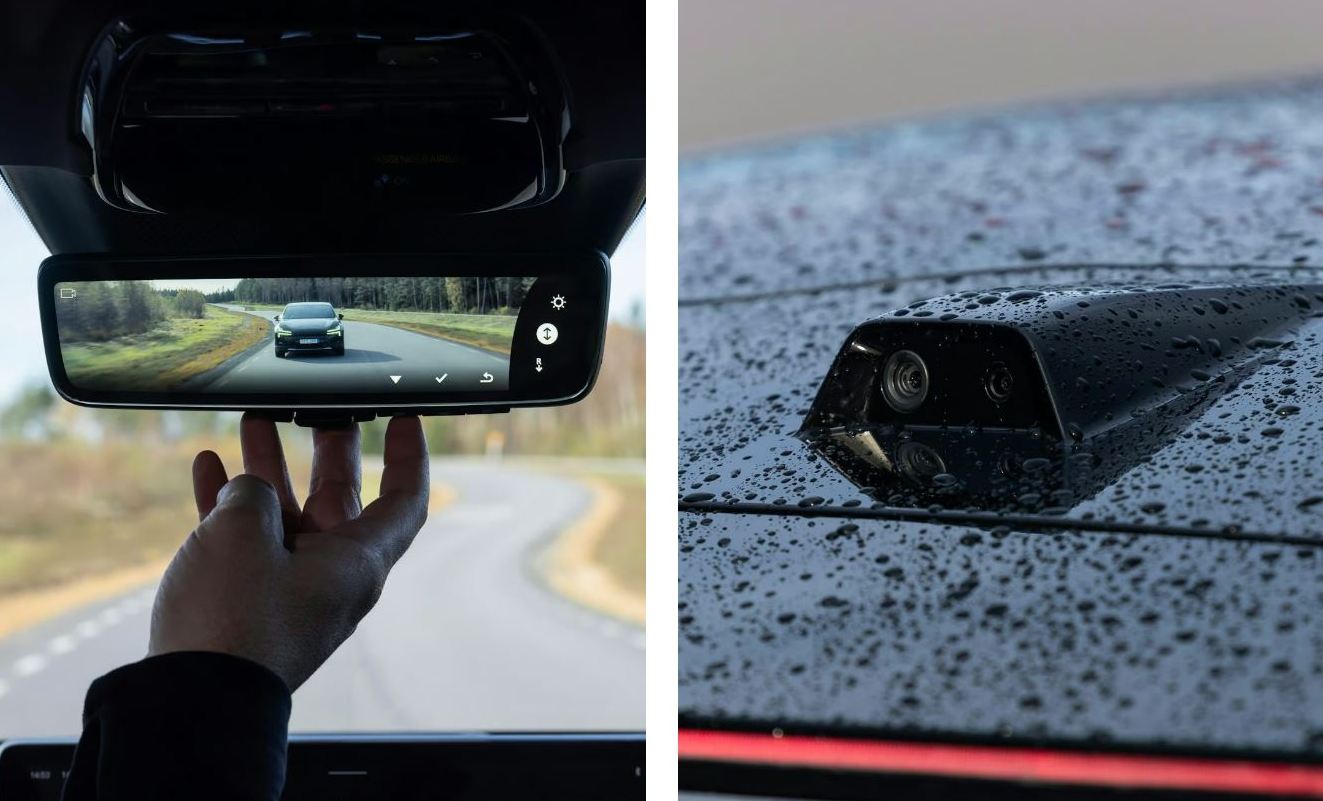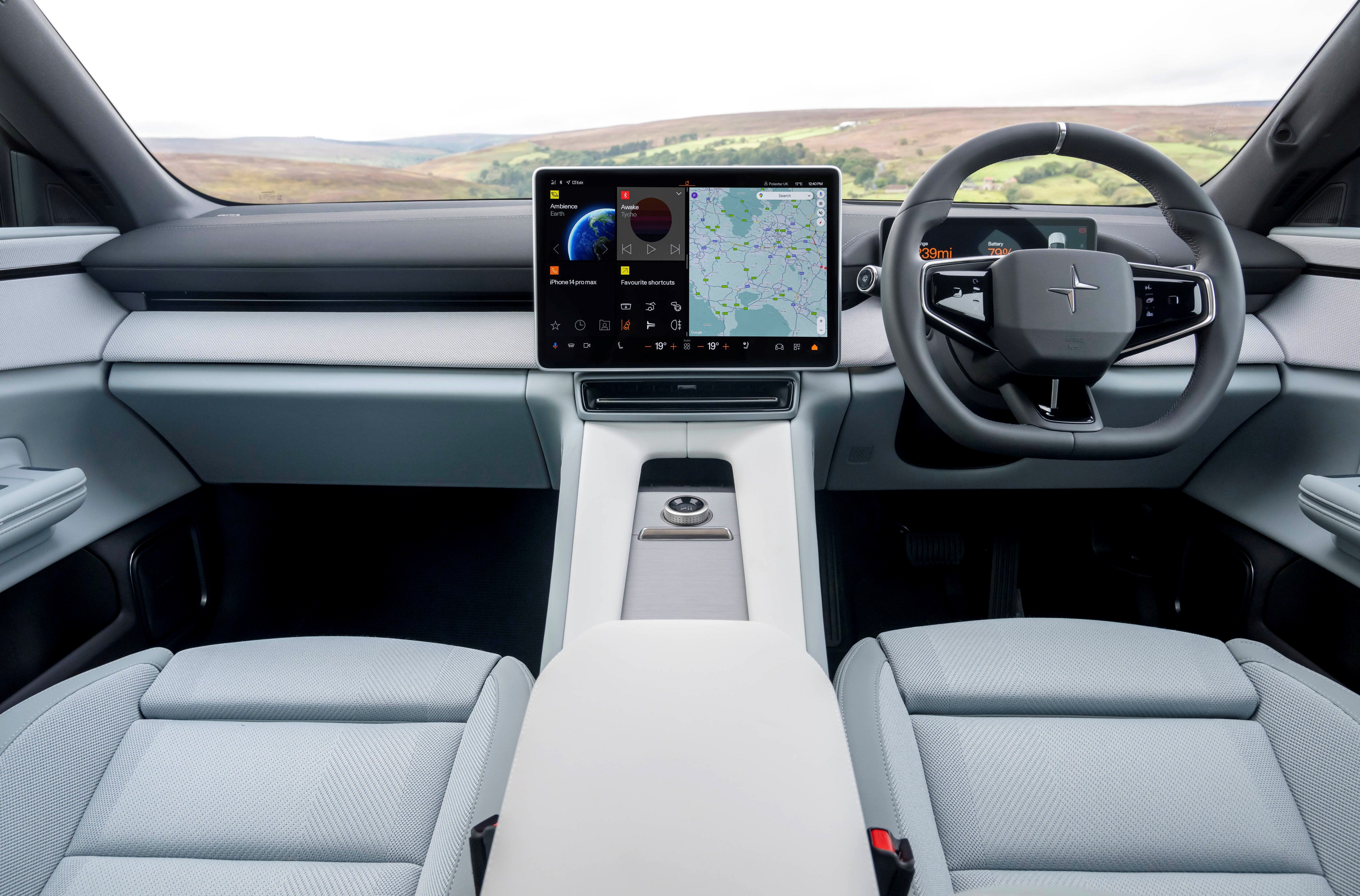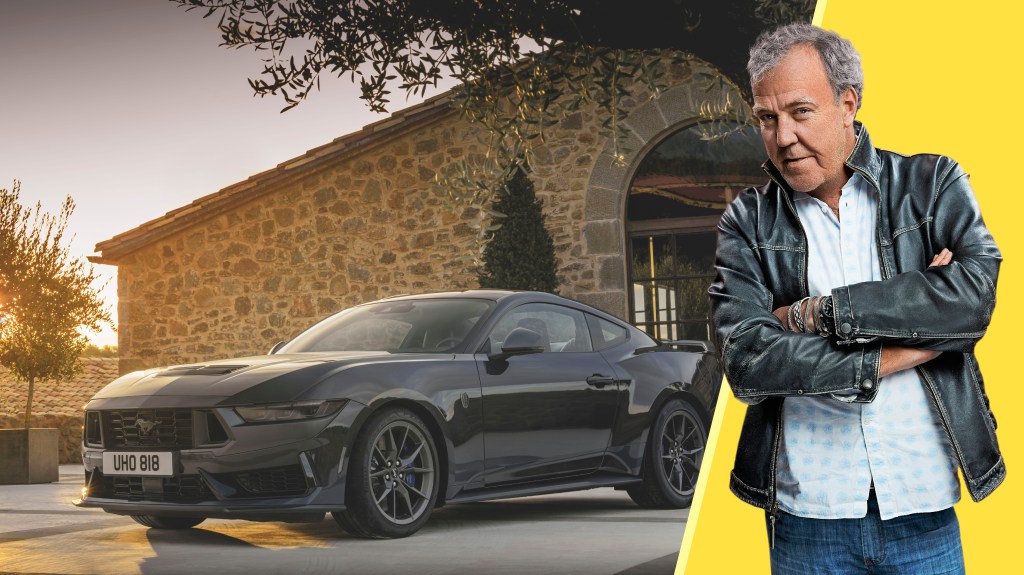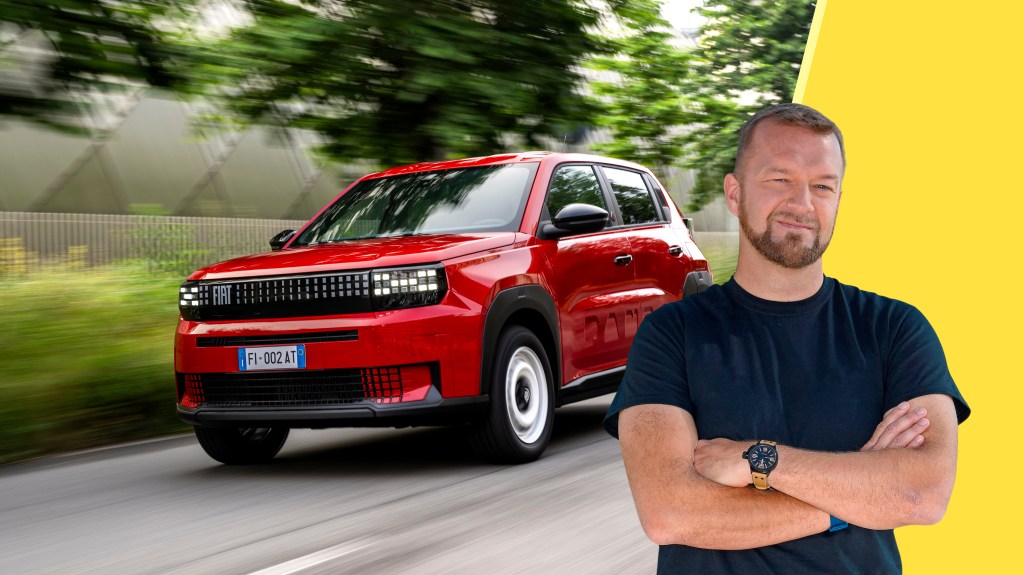James May Reviews the Polestar 4: A Unique Take on Automotive Design
In the early 1980s, while some of my peers dove into the niche subjects of “computer science” and “programming”, I witnessed the rise of technology enthusiasts, often seen with their Commodores connected to bulky portable TVs. They illuminated their rooms with the bluish glow of vintage gaming, their faces reflecting the light of titles like the original Ghostbusters.
As the years rolled on, more individuals entered this field, and they ultimately transformed the technology landscape, paving the way for the devices we rely on today and ushering in the internet age. These innovators turned everyday items into smart technologies, from appliances to personal gadgets, integrating them into our daily lives. However, this technological advancement has also led to complicated features in modern vehicles, sometimes to the detriment of the driving experience.
My recent experience with the Polestar 4 highlighted this trend. While I appreciate the advent of connected features in vehicles, the recent innovations can sometimes feel excessive. For instance, the automatic windscreen wipers on my Tesla are perplexing; they stubbornly refuse to engage in heavy rain while inexplicably activating during clear conditions. This raises the question: if technology can innovate so much in cars, why do we still struggle with basic functionalities, like check-in systems for airlines?
The Polestar 4 showcases a few of these tech-driven quirks. It features dynamic headlights that flash playfully in response to road signs, and it comes equipped with a driver drowsiness alert that frequently activates regardless of the driver’s actual state of alertness. It almost feels judgmental, suggesting I look tired even when refreshed.
A standout feature of the Polestar 4 is its keyless entry system. Upon approaching with the key fob, the car offers its door handles, seamlessly welcoming you inside. However, it can sometimes be temperamental, requiring a series of awkward approaches before it recognizes you — reminiscent of early animation glitches. Personally, I wouldn’t mind reverting to a standard key for reliability.
One of the most talked-about elements is the absence of a rear window. Instead, a rear-facing camera supplies a live feed to a small screen acting as a rearview mirror. This innovative approach drew attention from onlookers, sparking curiosity about the design choice. During a stop at a petrol station, a passerby excitedly queried, “Is this the car without a rear window?” ignoring the minor struggle I faced in accessing the vehicle.

Initially, I was skeptical about the design decision to eliminate the rear window. However, it allows for a more expansive panoramic roof and improved rear passenger comfort, complementing the car’s sleek design. Surprisingly, the camera view offers a broader perspective than traditional glass mirrors.
That said, viewing the camera feed can be an unusual experience. The image feels static, lacking depth perception, which may induce a slight sense of unease while driving.
I have a few additional critiques. The Polestar 4 is quite substantial in width, almost exceeding two meters, which can be a challenge on crowded British roads. Additionally, the ride can feel a bit jarring, though I haven’t been impressed by vehicle comfort since experiencing the Audi A8 back in 2017.
Nonetheless, the Polestar 4 presents a striking exterior, embodying a modern and sophisticated aesthetic. Inside, it boasts sustainable materials, creating a fresh and pleasant environment reminiscent of Scandinavian design principles. As a product of Volvo, it naturally carries a level of quality and refinement.
The central touchscreen is efficiently designed with easy access to essential controls. Although navigating while in motion can be tricky, it includes built-in Google support, enabling voice interaction. However, I typically refrain from talking to my car, feeling odd about it.

From a performance perspective, the variant I drove houses dual motors generating an impressive 400kW (over 500 bhp) and offers a single-motor alternative as well. Acceleration is brisk, despite the weight nearing 2.5 tonnes, complemented by a 100kWh battery that claims a range of 367 miles under WLTP testing conditions. The driving experience remains smooth and subdued, akin to a luxury sedan.
What sets the Polestar apart from competitors like Tesla is the presence of traditional stalks for indicators and gear selection, which many drivers will find refreshing amidst a sea of touch-only controls in modern electric vehicles.
Despite some concerns regarding its size and ride quality, I found my time with the Polestar 4 enjoyable. As a current Tesla owner, it provokes contemplation about the future of car ownership, particularly as the automotive landscape becomes increasingly politicized. Polestar’s attractive incentive offerings for Tesla owners illustrate an awareness of this shifting market.
As I ponder the fate of my Model 3 in a landscape of growing activism, I wonder if a switch to Polestar might be worth considering.




Post Comment